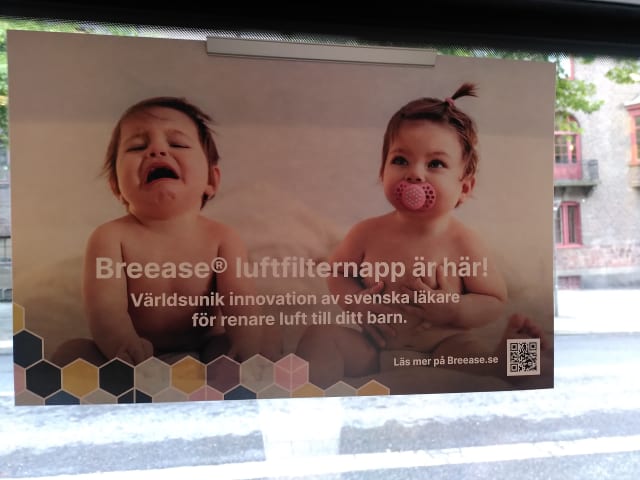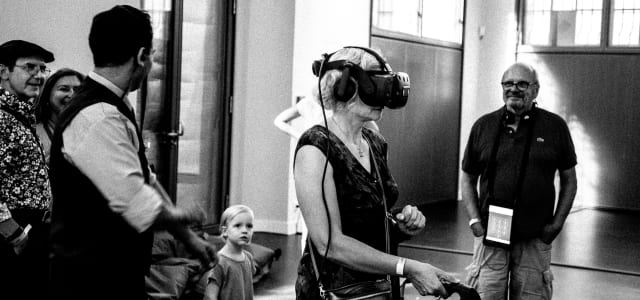
Data driven design
What are the implications of heavy use of data in the design process? We can easily get into hairy situations where we are spying very much on our users, gathering data that will never be used but risks exposing our users if the company is hacked or an the company goes rogue.
On the other hand it can give us valuable information for understanding the use of our product that could never be acquired in other ways. The unobtrusive nature of these kinds of data gathering makes them good in production code as the product will still be fully usable as we gather the data.
There is a larger question of where all this data goes. Google is keen on slurping up our data and gives us analytics for "free", we just pay with our customers data. Amazon does similar things with track 3rd party vendors performance so they can see what products are performing well and then launch a cheaper competitor.
In the end I see the value, but an over use can kill the soul of a design. If there is no opinion and we are just going the way of least resistance, we will never change anything and just preserve the status quo. Another problem with all this testing is that we are often breaking it down into atoms, when we put it all together it might not work so well. An A/B test changing a button text in one end of an app might have implications that we didn't forsee. We might have introduced new wordings or colours that work here but not in other parts.




